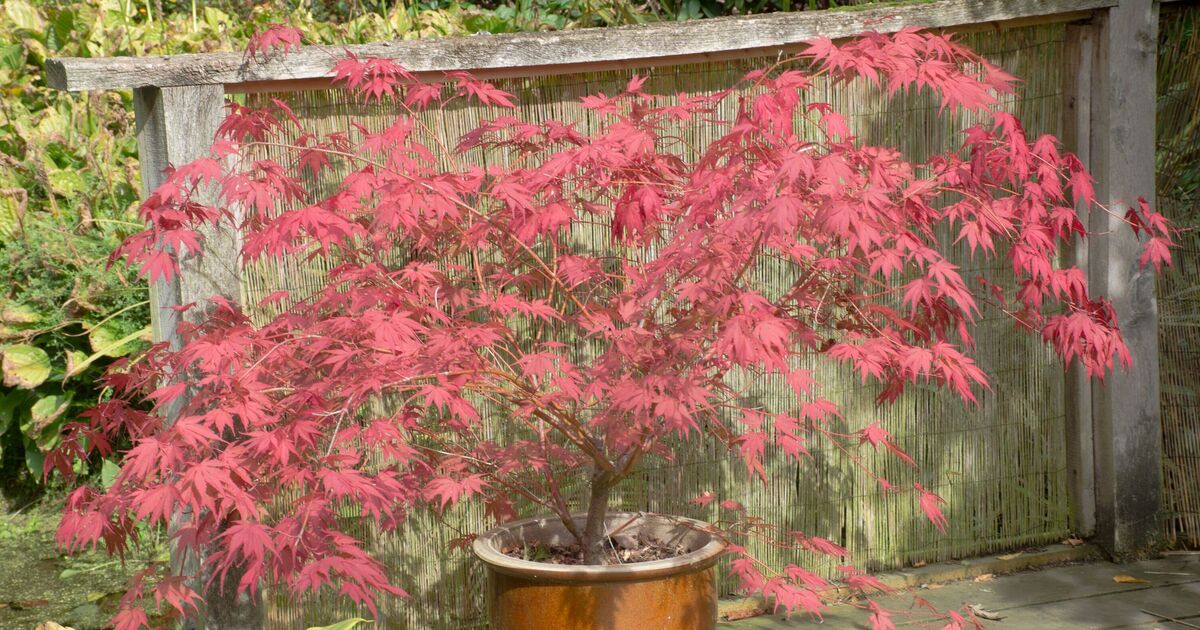The Japanese maple tree, renowned for its foliage, is one of the most vibrant and familiar trees across the globe. Japanese maple trees are commonly used for landscaping purposes, not only because of the beautiful leaves but also because of their versatility and range of characteristics.
With proper selection and regular tree maintenance like pruning, Japanese maple trees may thrive in a variety of environments, including sun, shade, gardens and in pots. However, one thing owners need to pay attention to during the summer months, if they want bright red foliage, especially during hot weather, is the soil. Gardening experts at Mainaam Garden claim that it is “important” to apply mulch to the soil because of the roots, so it can stay moist.
They said, “Because Japanese maples have shallow roots, it’s important to mulch them for healthier and stronger growth.”
“Although Japanese maples prefer well-draining soil, they also like to receive regular waterings. The easiest way to regulate the moisture level of the soil surrounding a Japanese maple is to mulch it.”
Mulching involves the straightforward gardening technique of spreading a protective layer of material across the soil surrounding plants to shield them while providing additional nutrients.
Unlike fertiliser, mulch works gradually as organic materials decompose slowly, eliminating any risk of damaging Japanese maples.
The primary benefit of mulching Acer trees lies in the mulch’s exceptional moisture-retention properties and its ability to reduce water loss through evaporation, ensuring Japanese maples remain well-watered regardless of soaring temperatures.
Without mulching Japanese maples, these trees are far more susceptible to stress from sweltering temperatures, which can result in browning, scorching and premature leaf drop.
This means instead of enjoying a stunning autumn display with vibrant crimson foliage, you’ll be left with a bare and damaged plant fighting for survival.
Apply a one to two-inch layer of organic mulch, such as pine bark or pine straw, around the base of the tree.
Avoid piling the mulch too thickly, as this can lead to poor air circulation and moisture buildup.
Japanese maples thrive with pine bark, whilst straw offers longevity, promotes better airflow, and maintains soil hydration to support these delicate trees.

